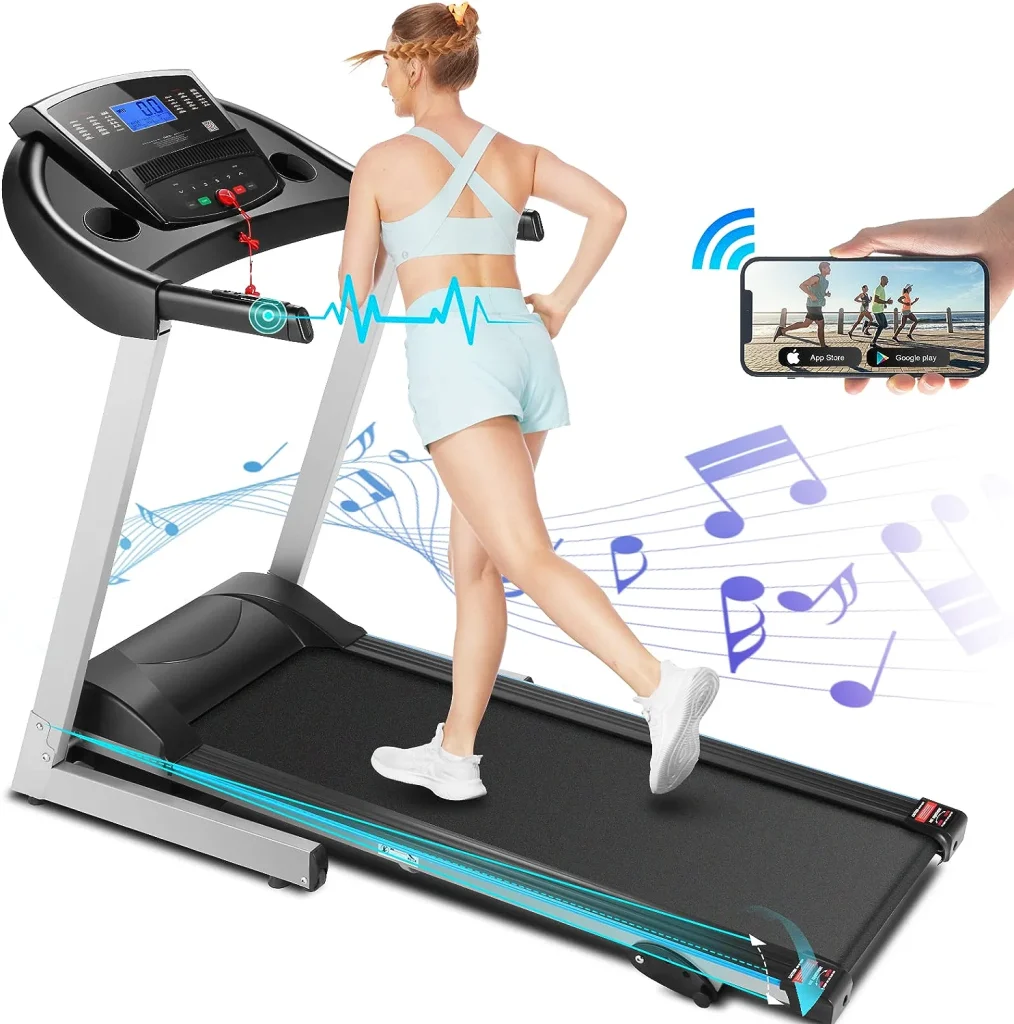Treadmills have long been a staple of cardiovascular workouts, providing a convenient and controlled environment for people to engage in brisk walking, jogging, or running. One key feature that sets them apart from outdoor running is the ability to adjust the incline of the treadmill deck. The science behind treadmill inclines reveals a multitude of benefits and techniques that can enhance your workout routine.
Benefits of Treadmill Inclines:
Increased Caloric Burn: Elevating the treadmill’s incline increases the workload on your muscles, particularly in the lower body. This added effort demands more energy, resulting in a higher calorie burn compared to walking or running on a flat surface. This can be especially beneficial for those looking to shed excess weight.
Muscle Engagement: Treadmill inclines target specific muscle groups, including the quadriceps, hamstrings, calves, and gluts. As the incline increases, these muscles work harder to propel your body upward, leading to improved strength and tone over time with best treadmills.
Reduced Impact: While running or walking on flat surfaces can be hard on your joints, incline settings on treadmills offer a gentler alternative. The cushioned treadmill deck reduces the impact on your knees and ankles, making it an ideal option for individuals with joint concerns.

Cardiovascular Challenge: Inclined treadmill workouts intensify your cardiovascular training. Your heart rate increases as your body works harder against gravity, enhancing cardiovascular endurance and overall fitness.
Techniques for Effective Treadmill Incline Workouts:
Gradual Progression: If you are new to incline training, start with a moderate slope of around 2-3%. As you become more comfortable, gradually increase the incline to continue challenging your body.
Interval Training: Incorporate incline intervals into your workout routine. Alternate between periods of higher incline and lower incline or flat terrain. This approach can boost calorie burn, build endurance, and prevent monotony.
Hill Simulation: Use treadmill inclines to simulate outdoor hill running or hiking. This is an excellent way to prepare for outdoor activities or races that involve varying terrain.
Maintain Good Form: Pay attention to your posture and foot strike. Keep your chest up, shoulders relaxed, and land on your midfoot to maintain proper alignment and reduce the risk of injury.
Use Handrails Sparingly: While handrails provide stability, relying on them too heavily can diminish the effectiveness of your workout. Only use them when needed for balance, and avoid leaning on them to support your body weight.
Cool Down: After an intense incline workout, lower the treadmill’s incline gradually and reduce your speed for a few minutes to allow your heart rate and muscles to gradually return to their resting state.
Incorporate Variety: Do not stick to a single incline level. Vary the incline throughout your workout to engage different muscle groups and prevent adaptation.
Understanding the science of treadmill inclines empowers you to make the most of your indoor workouts. Whether you are aiming to burn calories, strengthen muscles, or improve cardiovascular fitness, adjusting the treadmill’s incline can provide the added challenge you need. Just remember to start slowly, focus on proper technique, and listen to your body to reap the full benefits of this versatile fitness tool.